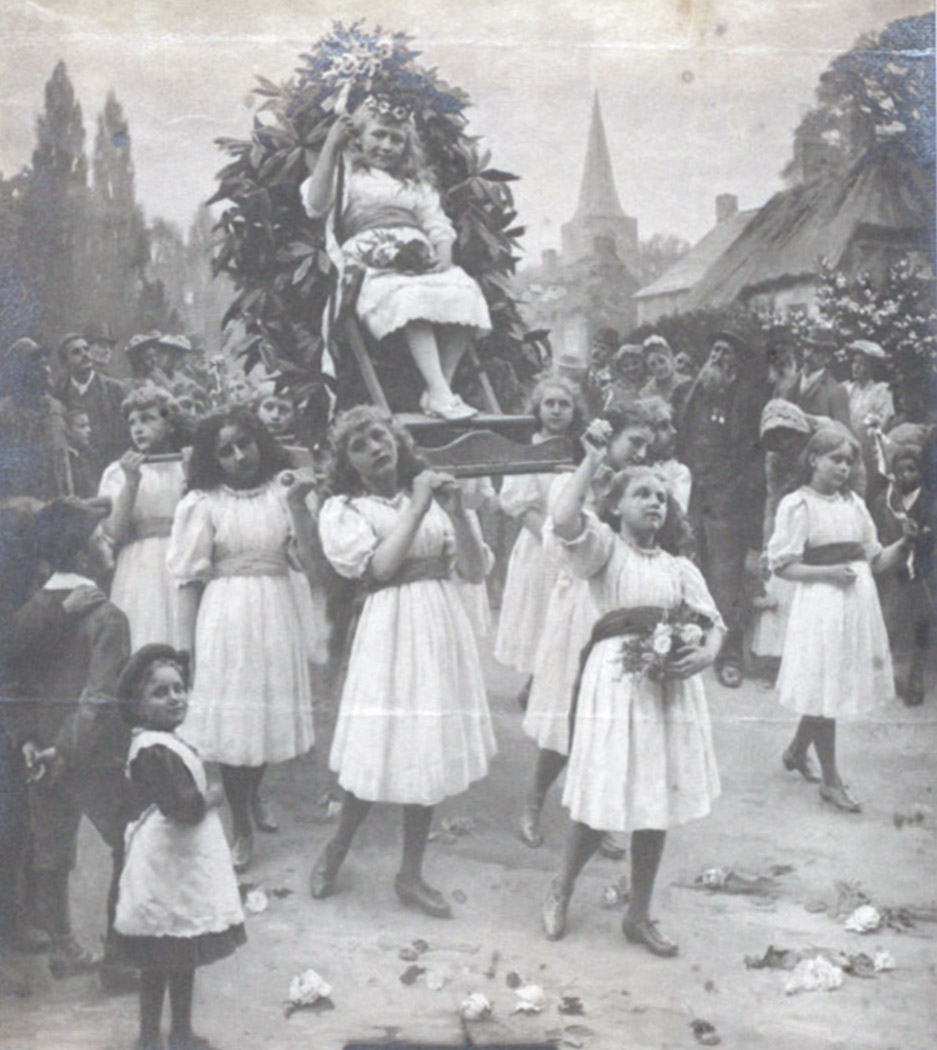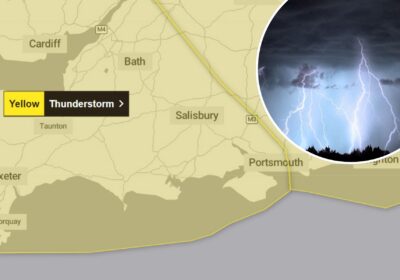For many of us, May Day conjures up images of children dancing round a maypole holding ribbons, and the crowning of a May Queen. It is a day steeped in tradition that we can take for granted – but where do these traditions come from?
The earliest known May celebrations appeared with the Floralia, festival of Flora, the Roman goddess of flowers, held during the Roman Republic era. Many pagan rituals were linked with May Day, such as the Gaelic festival, Beltane. Bonfires were lit to banish the long dark nights on the eve of 1 May. In the morning, the celebrations began with people giving thanks for the new growth in the countryside, the burgeoning wild flowers and blossoming trees. They also blessed the earth, freshly sown with seeds, in order to encourage healthy crops and fertility for livestock in the coming summer months.
The main part of the celebration was to dance around a tree placed on the village green. The tree (traditionally a maple, hawthorn or birch) was transformed into the maypole as we know it today. Ribbons hung from the top of the pole and criss-crossed as single men and women twisted and turned until each met their ideal partner. Women would wear garlands made from hawthorn and lily of the valley. Love was definitely in the air and the story goes there was much frolicking in the hay, so much so that in the 17th century the Puritans banned the ceremony!
A May Day parade is traditionally led by a young girl, the May Queen, wearing a white dress to symbolise purity with a garland of flowers on her head. Her duty is to begin the day’s celebrations and it is believed that the figure of the May Queen is linked to ancient tree worship.
May Day was also a time of giving and acts of kindness: neighbours would wake up to find May baskets full of sweets and flowers that had been left anonymously on doorsteps or hanging on their door handles.
Many of us associate the words May Day with the distress call used by pilots when radioing back to base: “Mayday! Mayday!” However, this has no relation to the pagan holiday. The word originated in 1923 when a radio officer had to think of a word that would indicate distress and would easily be understood. Since much of the traffic at the time was between Croydon and Le Bourget Airport in Paris, he proposed the expression “mayday” from the French m’aidez (“help me”), a shortened form of venez m’aidez (“come and help me”).
May Day is also a time for superstitions: when you wake up on 1 May, wash your face with the morning dew and you will be guaranteed beautiful skin; or if you want to catch sight of a fairy, May Day is the last day that they can travel to Earth.
by Katrina ffiske









Leave a Reply